When the Nazis took Tuscany
Recollections of a winemaker in Chianti whose villa was irresistible to WWII commanders, from Germans to plundering French forces.
I used to hate history, regarding it as little more than needless memorization of dates — the beginnings of wars, signings of treaties, and black days of economic collapse.
But then I started traveling in Europe, and the past — from Renaissance times to World War II — took on new everyday meaning.
It started around 25 years ago in Italy, the first foreign country I fell in love with. In Florence, when all the tourists were back at their hotels, I relished walking alone late at night, past Dante’s house, imagining myself six centuries before living in the city of artists and artisans, where Savonarola’s “bonfire of the vanities” once blazed and where families, including the mighty de Medici, kept getting run out of town, then returning.
But it was when a friend told me about the bridges of Florence, which the retreating Nazis blew up during the night of August 3, 1944 — though, at Hitler’s direction, they unwittingly spared Ponte Vecchio, under which ran resistance communication lines — that I became fascinated with what had more recently happened in the city and its surrounding countryside.
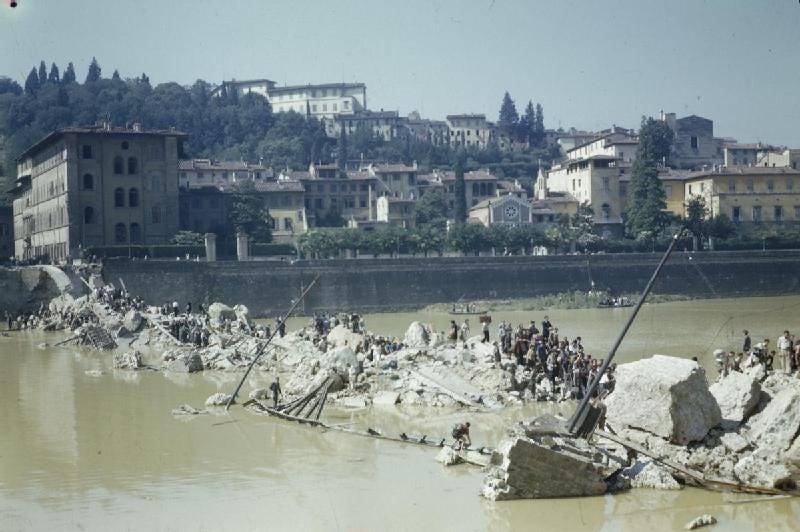
Around then I met Lapo Mazzei, patriarch of the Mazzei wine dynasty, Fonterutoli, which makes wonderful wines from Sangiovese, my favorite grape. The day that we drove out to to his family’s stunning 1600-acre estate in the Tuscan countryside, where hills unroll past silvery olive groves, lush vineyards, and cypresses keeping watch from atop ridges, I got an up-close and personal view of this part of Italy during the war.
The estate, owned by the Mazzei family since 1435, actually goes back to Etruscan times — Fonterutoli means “clear spring” — and at one point, it was home to a church and sprawling castle. By the late 20th century, it was a lovely village of a few dozen stone houses, some large, some tiny, with a bell tower perched on the hill.
I lost the notebook containing his story, so I’m not 100% certain about a few details, but most parts of his tale were indelibly chiseled into my gray matter that eye-opening day.
Born in 1925 into a noble family, Lapo Mazzei was 15 years old when Il Duce — Italy’s leader Benito Mussolini — allied with Hitler and declared war on Britain and France in June 1940.
The age for conscription into Italy’s army was officially 18, but the country was soon bleeding soldiers. Fearing for the future of their only son, Lapo’s parents pulled strings with a local doctor and had him locked up in a sanitorium simply for safekeeping — and he stayed there for the better part of 3 years. As I recall, he resided in a secret room in the back of the sanitorium that he wasn’t allowed to leave — and nobody visited him as they didn’t want to call attention to his clandestine presence in the hospital.
When the Allies took Sicily in July 1943 and Mussolini was overthrown, Lapo finally left the sanitorium and returned to the family home in the hills of Florence. However, he was soon discovered by the Blackshirts, the disorganized faction of fighters from Mussolini’s army who were going door to door, forcing all men of any age to join their ragtag forces to help out the Nazis. Lapo escaped to the family’s wine estate, Fonterutoli, 30 miles south of Florence.
With Mussolini toppled, the summer and fall of 1943 were mayhem in Italy, and a civil war erupted. A weak new government signed an armistice with the Allies in September, marking the formal end of the alliance with Germany. But the Nazis weren’t about to cede their former ally’s territory: they helped Mussolini escape from prison to start a new, puppet government in the north, and German fighters poured into the country, occupying Italian cities and villages, massacring locals, and deporting Jews and resisters to concentration camps.
That fall, Lapo’s family learned that Nazis planned to seize their wine estate as a local headquarters. The family and the resident workers hastily built false walls in the house to hide their art, much of it dating back to the Renaissance. The women of the family as well as those from the sharecropping families who lived on the estate were sent to Siena, 10 miles to the south.
Lapo, his father, and the male workers of the estate packed up supplies and headed to a nearby forest, where they camped for nearly a year, their supplies quickly depleted. By day, they ran resistance activities, trying to sabotage the Nazis, who were set up in villas across Tuscany and occupying Florence and Lucca as well.
And by night, from their campsite in the forest, Lapo and the workers kept watch over their glowing estate where the Nazis had made themselves at home. Even through the winter, Lapo and his fellow resisters were afraid to light fires, lest their forest campsite be discovered.
By the summer of 1944, the Allies, who’d been bombing for months, were moving their troops through Italy, liberating towns and villages along the way. In late July and early August, the Germans began pulling out, moving north. The resisters in the forest were amazed to see the Germans retreating — and to see that the Fonterutoli estate remained relatively unscathed.
As the men returned to the estate, however, the first few who entered the gate met with tragedy. The Germans had laid landmines across the entrance road — and several workers were killed or severely wounded in their approach, including one with whom Lapo was particularly close. Horrified by that violence, the family also discovered, to no surprise, that the Nazis had entirely wiped out their vast supply of wine, their crops, and destroyed many vineyards.
But, to the family’s shock and joy, the Nazis hadn’t realized they were surrounded by false walls in the villa. The family’s art treasures remained untouched, but until the war was entirely over, the Mazzeis decided to keep the paintings hidden away behind those faux walls just as they had been when the Nazis occupied the estate.
The Allies began pouring in, their arrival initially greeted by relief and celebrations. But this is where Lapo’s story differed from the textbooks.
The initial wave of Allied forces to enter the countryside were Free French commanders along with their Moroccan and Algerian troops — the French Expeditionary Corps assembled by the government in exile of French General Charles de Gaulle, since France itself was then occupied and controlled by Nazis.
These first French Allies, Lapo said, were nearly as bad as the Nazis and they certainly had more detrimental effects on Fonterutoli. The commanders were arrogant, conniving, and prone to plunder, he said, and mayhem and violence continued — this time the Blackshirts and other pro-Fascists became the targets in mass killings. While the Expeditionary Forces excelled at fighting, especially in the mountains, they became notorious for looting and raping the Italian civilians they were supposed to be liberating.
Lapo was disgusted by how the Free French commanders treated their Moroccan and Algerian fighters — including how they crowded in hundreds to sleep on the floor in the wine cellars and barns. Oddly, the commander at the Fonterutoli estate ordered the family to turn over all of their olive oil, wiping out their supply, demanding that they give one bottle to each soldier. (Without getting into the unseemly details, the oil wasn’t used for their food.)
So the family was already upset that their estate was still being forcefully occupied by foreigners, this time French, when one morning Lapo walked into the main salon of the villa to find a captain there, smiling an evil grin.
“Ah, that painting will look wonderful in my living room in Paris — my wife will be so pleased,” the French officer said, pointing at a large hole in the wall — through which Lapo could see one of the family’s works by Botticelli.
The French captain proceeded to knock down walls throughout the villa and other buildings in the village — loading up the previously hidden masterpieces and sending them off to France; shortly thereafter, he marched off his troops, leaving the estate in a much more ruinous state than had the Nazis.
Lapo said that it wasn’t until the New Zealanders, the Brits, and the American forces showed up that they began to feel they were among friends — and Lapo fought with the British forces to help drive out the remaining Nazis. The whole of Italy was finally liberated in May 1945.
Other headaches soon rose up: in the 1960s, the Italian government outlawed the mezzadria sharecropping system, wherein farmers were given land on the estate and shared the crops with the estate owners, a system that had sustained Tuscan viticulture for centuries — and many sharecroppers moved to the cities, devastating production at wine estates. Industrialists bought up vineyards, producing thin, watery Chianti, cheapening the brand.
As I recall, the government also discouraged viticulture in Tuscany, recommending that Italians leave the winemaking to the French.
Lapo, who studied agriculture in college following the war, strove instead to modernize Chianti and winemaking in Tuscany. Started in 1974, he headed the Chianti Classico Consortium, the first wine consortium in Italy — a position he held for 20 years. During that time, the grapes used for Chianti Classico changed — with the proportion of white grapes reduced, then ultimately taken out altogether — and Chianti Classico soared in international stature, along with new blends called SuperTuscans that used other grapes, such as Cabernet Sauvignon.
Lapo expanded the vineyards — starting new ones in western Tuscany and in Sicily, and the family opened an osteria, serving up local specialties. And when I visited, the family had just started an agriturismo, turning the stone houses of the village. once occupied by Nazis and plundered by the Free French forces, into the charming rooms of an inn overlooking the vineyards — and the agriturismo is still running today.
Someday, I plan to return, but in the meantime, I’ll settle for a fabulous bottle of Fonterutoli wine and my memories of a most beautiful, but mind-blowing, day spent with the late Lapo Mazzei.




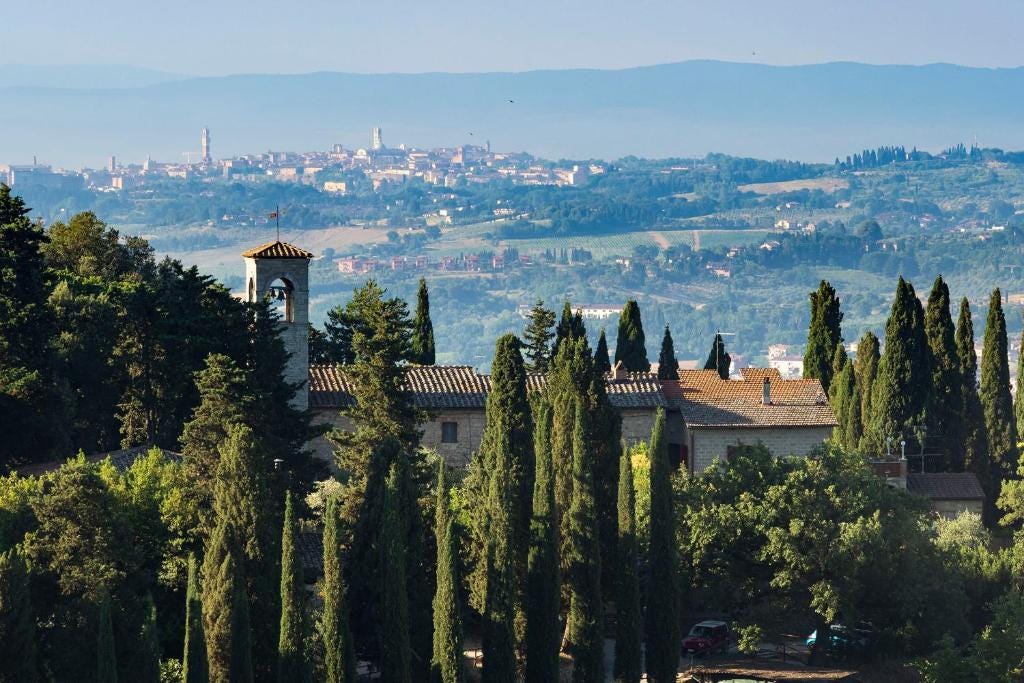
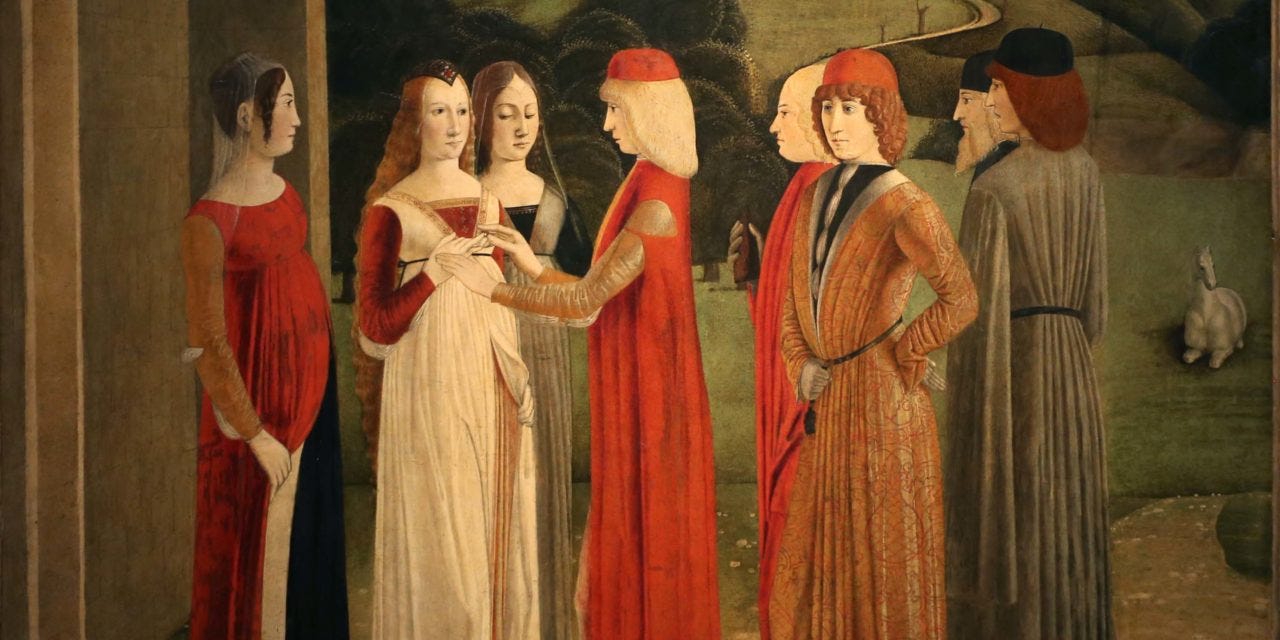
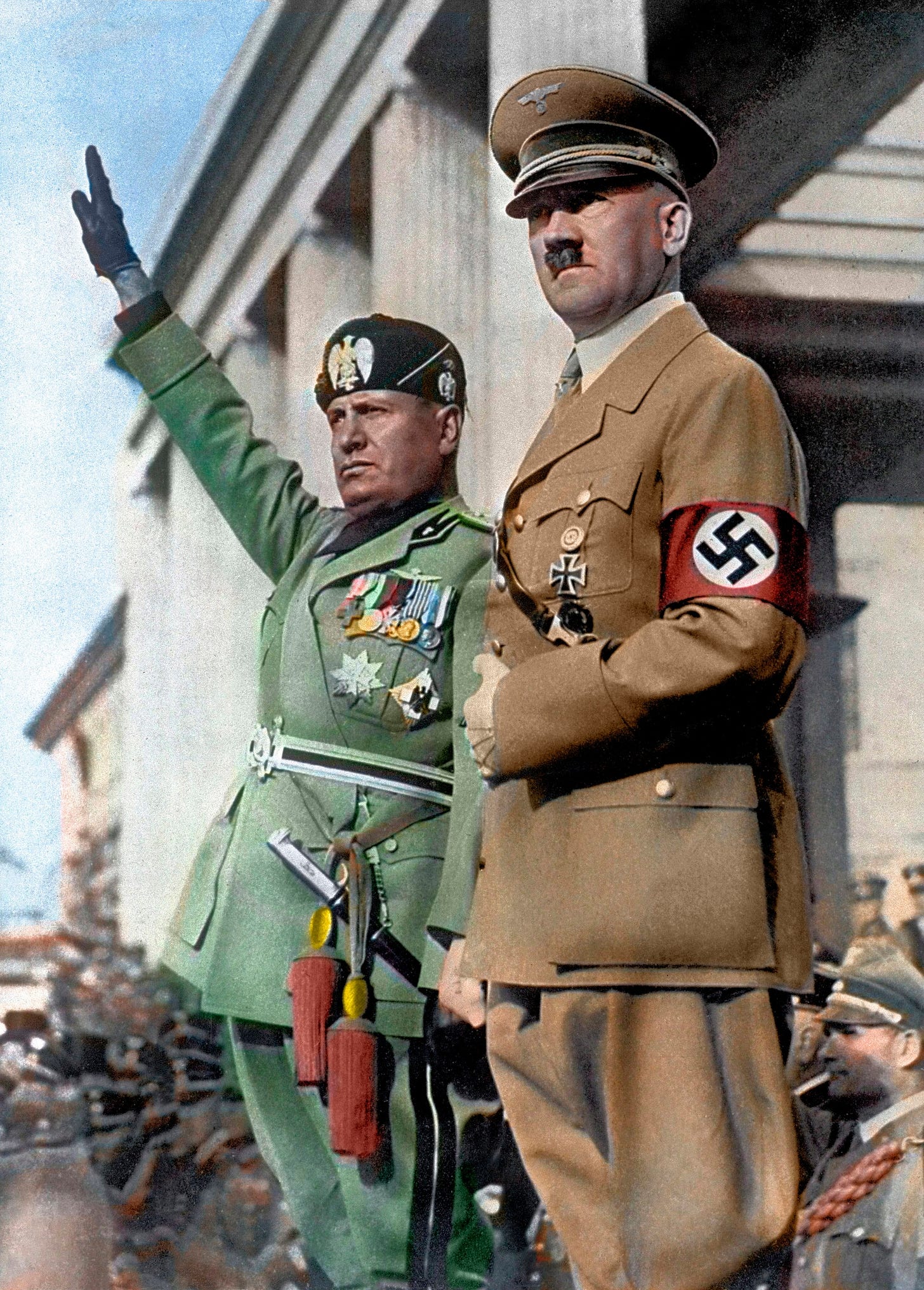
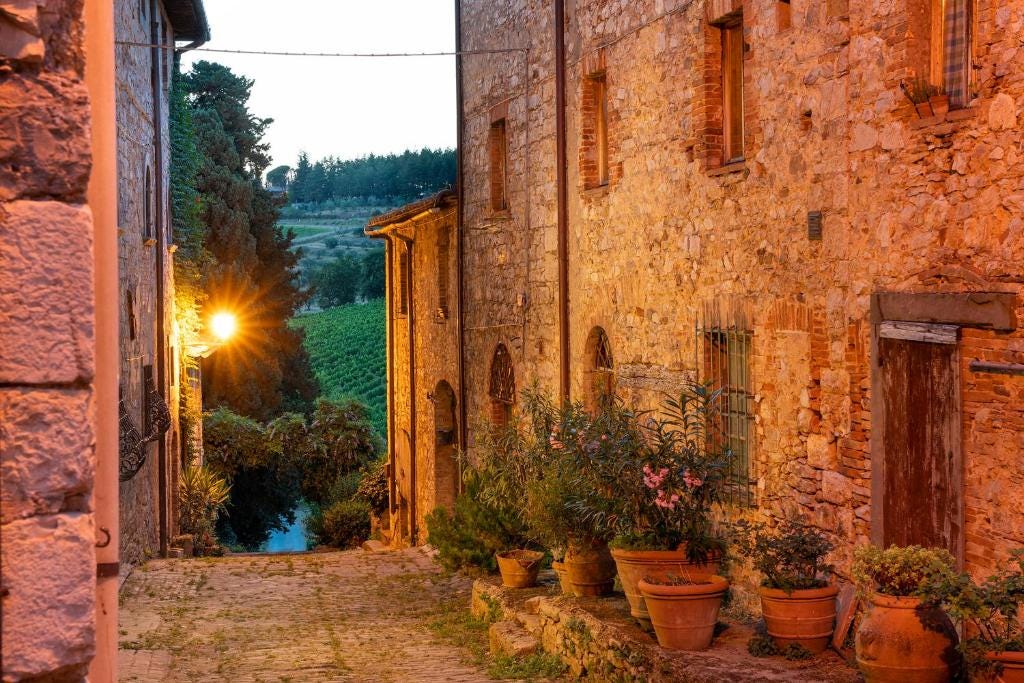
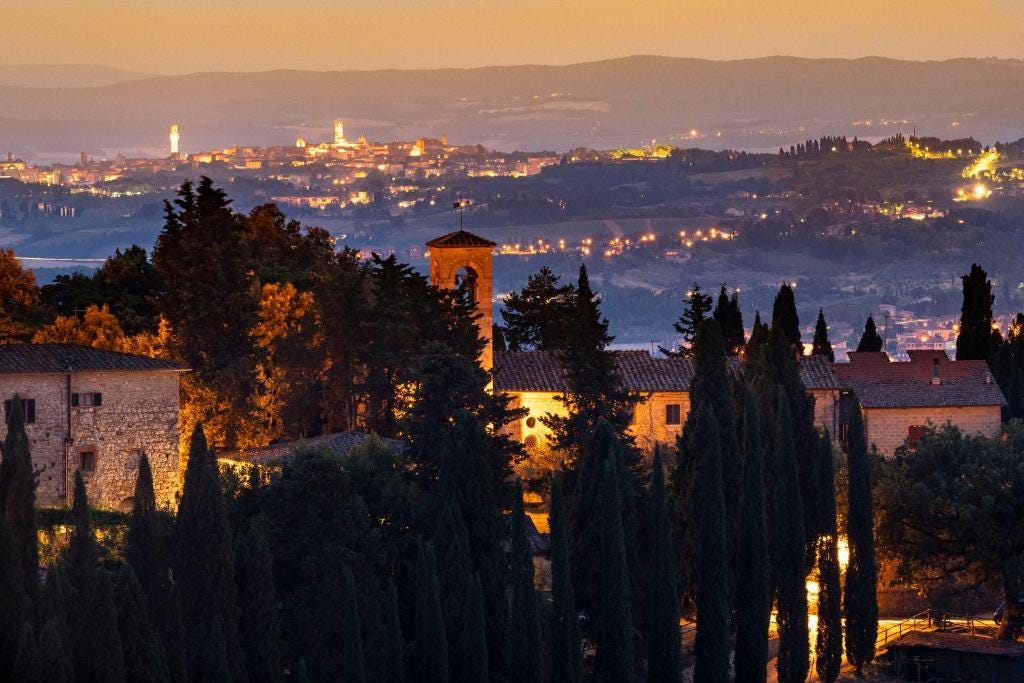
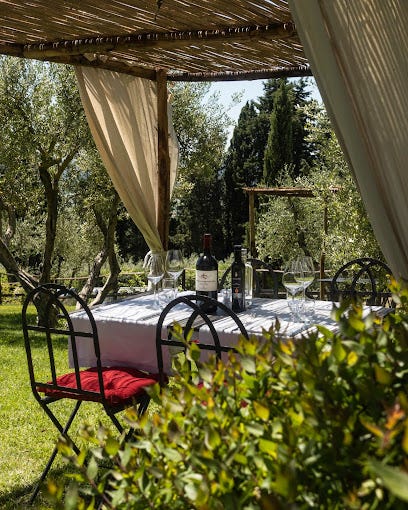
I love it that they used the same stones to rebuild the bridges! And I hope eventually the Botticelli got home!
Nicely written! Beautiful area!